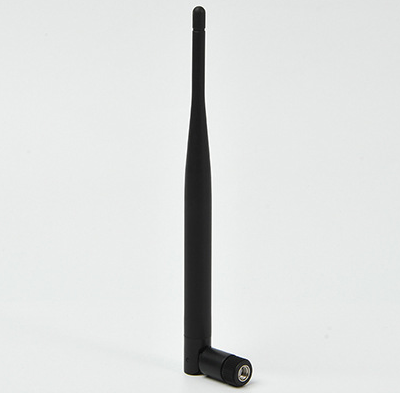transmitting antenna and receiving antenna
In wireless communication systems, transmitting and receiving antennas are crucial components. They are responsible for sending and receiving radio waves to achieve information transmission. To ensure the effectiveness and reliability of the communication system, the transmitting and receiving antennas need to meet certain requirements. Below, we will elaborate on the requirements for transmitting and receiving antennas from the perspectives of practical value, detailed information, and in-depth content.

1. Gain and directionality
The gain of a transmitting antenna refers to the ratio of the radiation capability of the antenna in a certain direction to the radiation capability of an ideal point source antenna. The higher the gain, the stronger the radiation ability of the transmitting antenna, and the farther the communication distance. The gain of the receiving antenna represents the antenna's ability to receive signals from a certain direction. Therefore, when selecting transmitting and receiving antennas, it is necessary to consider their gain characteristics to meet the requirements of communication distance and signal quality.
Directionality refers to the difference in radiation or reception ability of an antenna in different directions. Generally speaking, both the transmitting antenna and the receiving antenna have a certain degree of directionality. By adjusting the directionality of the antenna, the signal can be strengthened in a specific direction, thereby improving communication quality and coverage range.
2. Impedance matching
Both the transmitting antenna and the receiving antenna need to be impedance matched with the RF front-end circuit. Impedance matching refers to the input impedance of the antenna being equal to the output impedance of the RF front-end circuit. When impedance matching occurs, the antenna can maximize the conversion of RF power into radiated power, thereby improving the power efficiency of the communication system. On the contrary, if the impedance does not match, it will lead to power loss and reduce communication performance.
3. Polarization method
Polarization mode refers to the direction of the electric field vector in electromagnetic waves. The polarization mode of the transmitting antenna and the receiving antenna should be consistent to ensure effective signal transmission. Common polarization methods include linear polarization, circular polarization, and elliptical polarization. When selecting an antenna, it is necessary to consider the communication environment and application scenarios, and choose the appropriate polarization method.
4. Bandwidth
Bandwidth refers to the frequency range within which an antenna can function properly. The bandwidth of the transmitting and receiving antennas should cover the entire operating frequency range of the communication system. In addition, the wider the bandwidth, the more signals the antenna can accommodate, and the larger the capacity of the communication system. Therefore, when selecting an antenna, it is necessary to consider its bandwidth characteristics to meet the frequency and capacity requirements of the communication system.
5. Environmental adaptability
The transmitting and receiving antennas need to have good environmental adaptability and be able to work normally in various harsh environments. For example, antennas should have waterproof, corrosion-resistant, and wind resistant properties to cope with the impact of natural environments such as rain, snow, ocean corrosion, and strong winds. In addition, the antenna should also have anti-interference ability and be able to maintain normal operation in complex electromagnetic environments.
6. Size and weight
In many application scenarios, such as drones, mobile terminals, etc., there are strict requirements for the size and weight of antennas. Therefore, when selecting transmitting and receiving antennas, it is necessary to consider their size and weight characteristics to meet the carrying capacity and portability requirements of the equipment.
7. Cost and reliability
Cost and reliability are important indicators for evaluating transmitting and receiving antennas. When selecting antennas, it is necessary to choose antenna products with low cost and high reliability as much as possible while meeting performance requirements, in order to reduce the overall cost and maintenance difficulty of the communication system.
The transmitting and receiving antennas play a crucial role in wireless communication systems. When selecting an antenna, it is necessary to comprehensively consider factors such as gain, directionality, impedance matching, polarization mode, bandwidth, environmental adaptability, size, weight, cost, and reliability to meet the performance requirements and practical application needs of communication systems.





